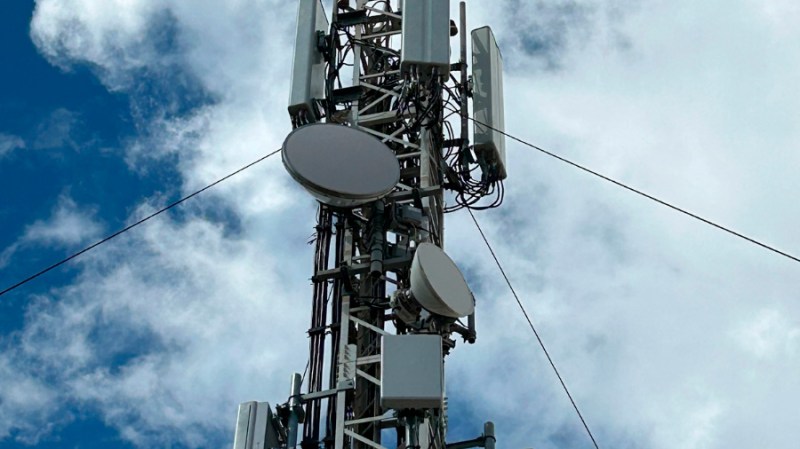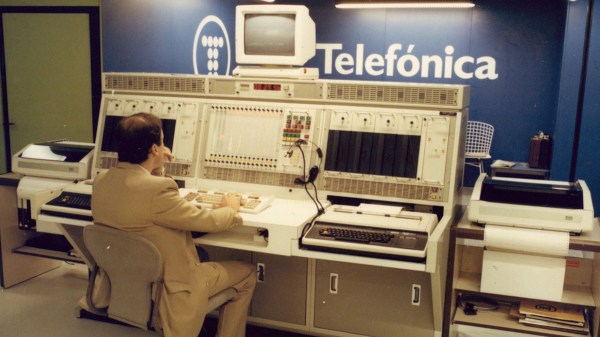Evolution of mobile data

The use we currently give to our mobile phones is mostly based on data and not on voice calls which was their main use in the beginning of mobile telephony. In fact, when you look at a current model of mobile phone, Smartphone, with its ability to connect to the internet and download data at speeds of hundreds of megabits per second, you cannot help but be amazed and recognize an almost miraculous evolution of data transmission on these devices during the last twenty years.
In this time we have seen many network symbols on the screen of the mobile phone ‘3G’, ‘H’, ‘H+’, ‘4G’, ‘G’ or ‘E’ that indicated that we were in coverage of networks of different technology, most of them developed to facilitate the transmission of data. Thus, downloading a video via WhatsApp, limited to 100 MB (Mbytes), with a UMTS/3G mobile phone from 2005 at an average speed of 200 kbit/s would have taken an hour, with a 2010 HSPA+/3G mobile phone at 14 Mbit/s it would have taken a minute, with a 2015 LTE-A/4G mobile phone at 150 Mbit/s it would have taken only 6 seconds and with a current 5G mobile phone the download would have been practically instantaneous.
This notebook discusses the evolution of cellular technology to increase the capabilities of providing mobile data services.
COMPLETE INFORMATION
Related Content
Communication
Contact our communication department or requests additional material.
